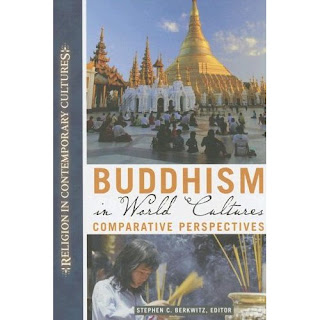
Act Normal (2006)
Robert T. Edison was born and raised in Nottingham, England. When he was fourteen years old he began to practice Buddhism. At eighteen he became a monk and went to Thailand where, for a decade, he spent his time in monasteries. He became the first Buddhist monk in Iceland when he moved there in 1994 and founded a Buddhist sect. Five years later Robert decided to “disrobe” and get married. After sixteen years of celibacy Robert had to deal with being “normal” – getting employment, paying his bills and dealing with the needs of his partner. After four years in “the real world” Robert travelled back to Thailand to become a monk again. Act Normal was filmed from 1994 to 2006 and is a unique exploration of one man’s twelve-year search for some kind of love.
Megaupload















































